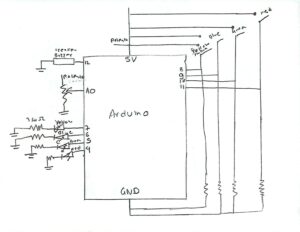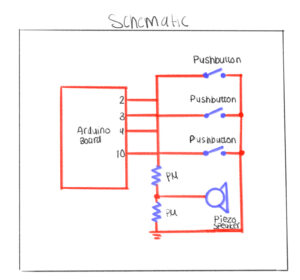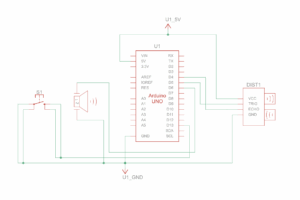A Brief Rant on the Future of Interaction Design
After finishing reading the article, I caught myself staring at my hands and realizing how much I take them for granted. It’s strange how technology, which is supposed to make us feel more connected, can also make us feel so detached from the world right in front of us.
I’ve spent years glued to glowing screens typing, swiping, scrolling without thinking about how unnatural it all feels. Victor’s phrase “Pictures Under Glass” stuck with me like a quiet accusation. That’s exactly what these devices are: smooth, cold panes that flatten our world into something we can only look at, not touch. I thought about how I used to build things as a kid—Legos, paper circuits, even sandcastles. I remember the feeling of resistance when stacking wet sand, the satisfaction of shaping something that pushed back. Now, most of my creations live behind glass, where nothing pushes back.
What really struck me was Victor’s idea that true tools amplify human capabilities. We’ve built technologies that expand what we can see and compute, but not what we can feel. I realized that so many “futuristic” designs we celebrate are really just shinier versions of what we already have more pixels, more gestures, less connection. It’s like we’ve mistaken slickness for progress.
Reading this made me wonder what kind of future I want to help design as someone in tech. I don’t just want to make tools people use. I want to make tools people feel. Tools that understand how deeply human interaction is tied to touch, weight, and presence. Maybe that means haptic design, maybe something beyond it. But I know it means remembering that we are not just eyes and brains; we are hands, bodies, and motion.
Responses: A Brief Rant on the Future of Interaction Design
When I read Bret Victor’s Responses to A Brief Rant on the Future of Interaction Design, it felt like listening to a passionate inventor defending an idea most people didn’t quite understand. His frustration was almost funny at times how he keeps saying “No! iPad good! For now!” but underneath that humor was something deeper: a kind of hope that we can still dream bigger about how we interact with technology.
What struck me most was his insistence that the problem isn’t the devices themselves. It’s our lack of imagination. We celebrate flat screens as the height of innovation, but Victor reminds us they’re only a step in a much longer journey. Reading this, I realized how often I accept technology as inevitable, as if it just happens to us. But Victor insists that people choose the future. We decide what gets built, what gets funded, what gets normalized. That realization hit me hard, because it turned passive admiration into personal responsibility.
His section on “finger-blindness” especially stuck with me. The idea that children could lose part of their sensory intelligence by only swiping at glass felt unsettling. I thought about how often I see kids with tablets, and how natural it looks yet maybe that’s exactly the danger. Our hands were made to shape, feel, and learn through texture. If we stop using them that way, we’re not just changing how we play; we’re changing how we think.
What I admire about Victor’s writing is that he doesn’t reject technology. He just wants it to grow up with us. He’s not nostalgic for the past or obsessed with sci-fi fantasies; he’s practical, grounded in the body. When he says that the computer should adapt to the human body, not the other way around, it reminded me that innovation should honor what makes us human, not erase it.
Reading his response made me feel both small and inspired. Small, because it reminded me how little we really understand about designing for human experience. Inspired, because it reminded me that design is not just about what looks cool. It’s about what feels alive.
Maybe the real future of interaction design isn’t in inventing smarter machines, but in rediscovering the intelligence already built into our own bodies.







